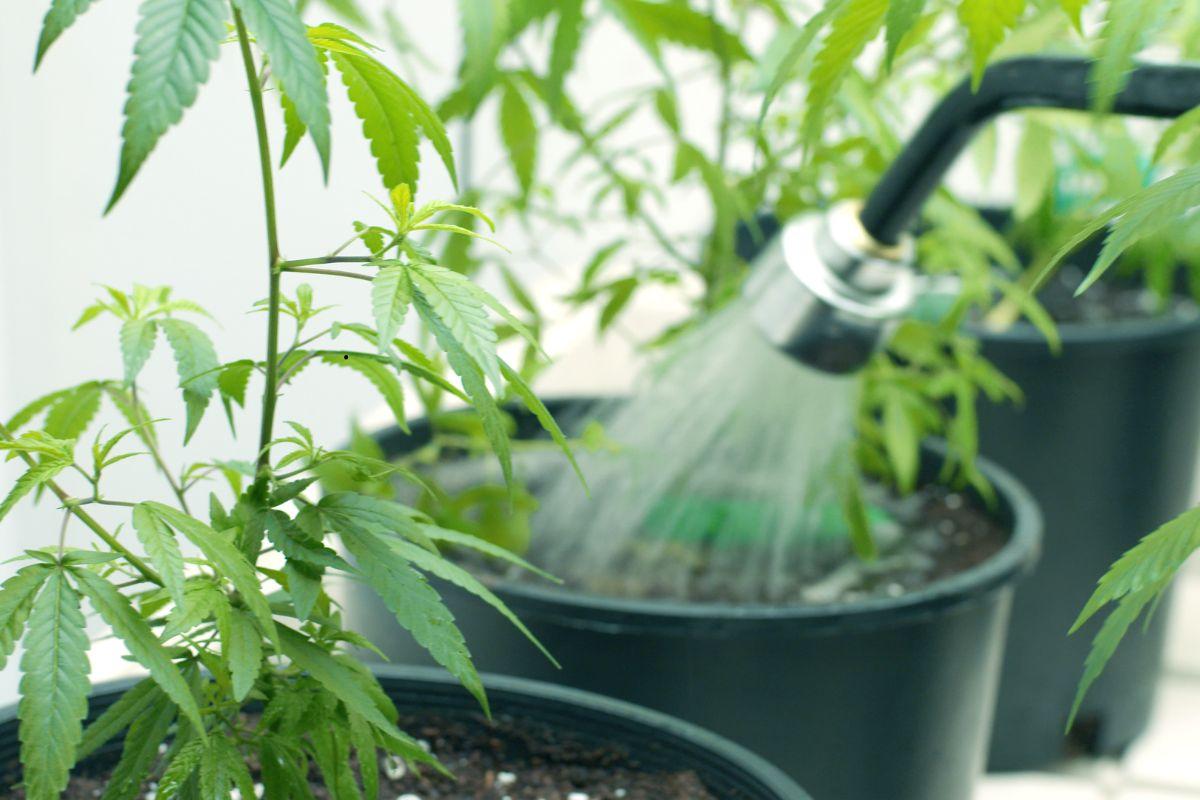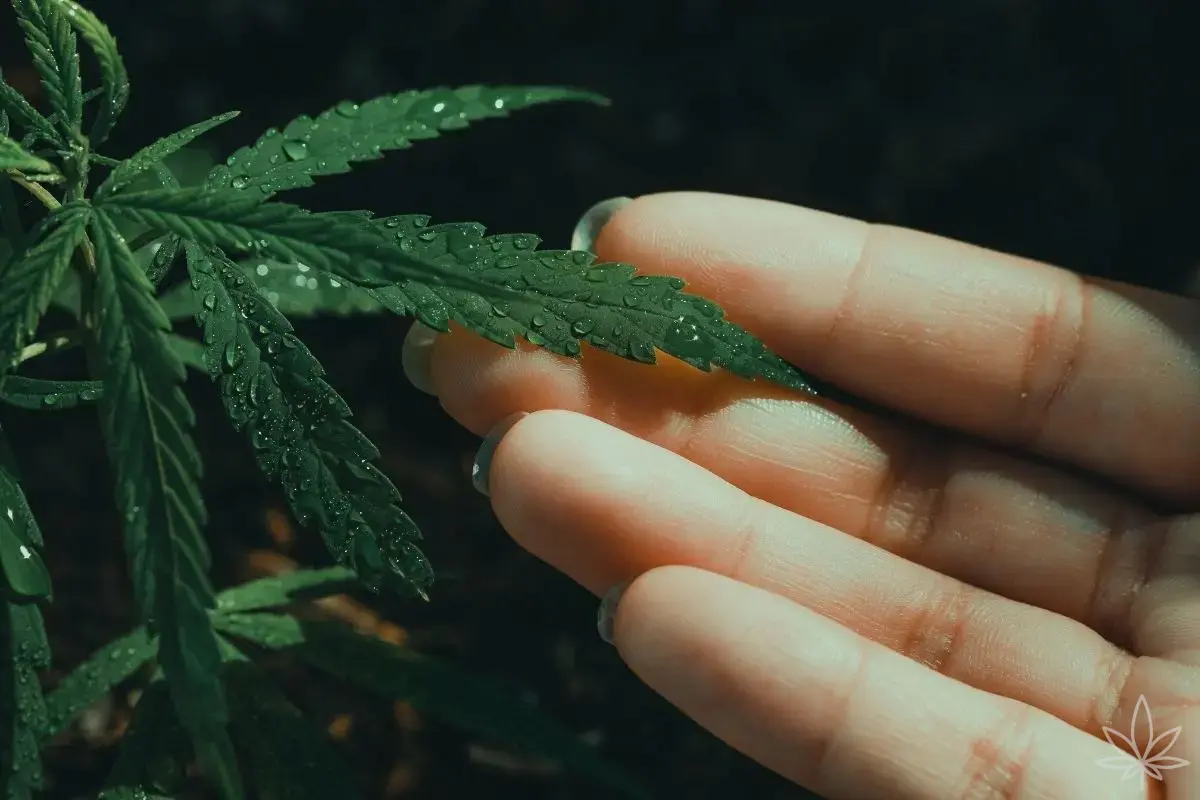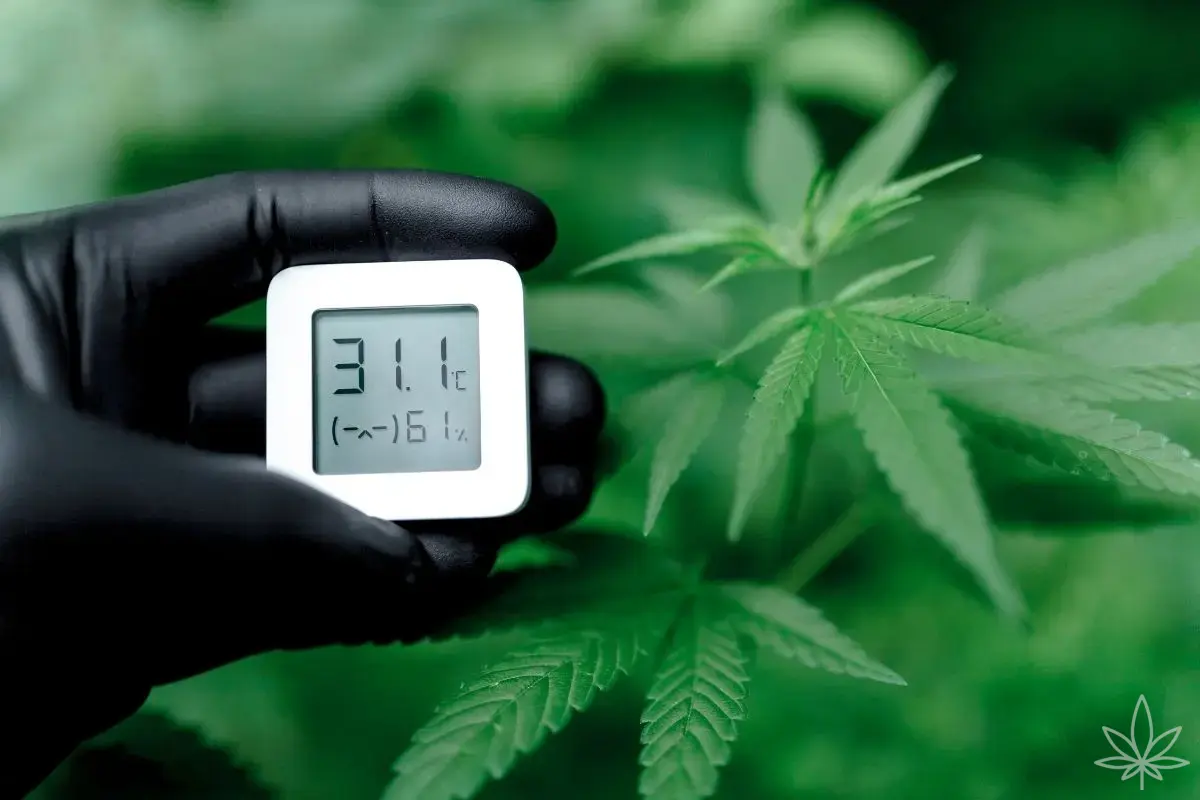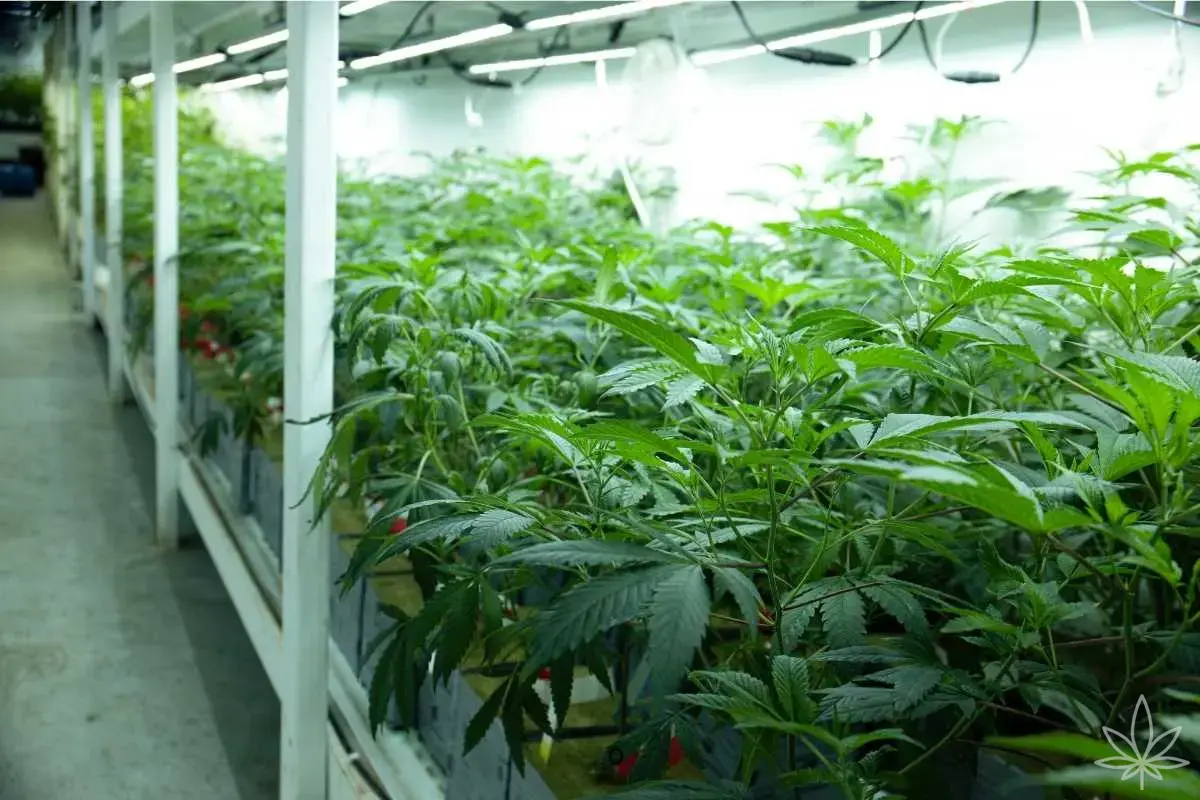Choosing the right water for watering is one of the key factors for success in cannabis cultivation, especially indoors. While watering may seem trivial, the mineral content, chemical composition, and purity of your water directly impact plant health, nutrient uptake, and final yields. Understanding the differences between water types and their impact on your grow is essential.
Tap Water — Benefits and Risks
For many beginner and experienced growers, tap water is the most convenient option. In much of Europe and Poland, tap water is treated, clear, and contains core minerals (calcium, magnesium) — often essential for healthy cannabis growth.
Pros of tap water:
Supplies calcium and magnesium — key for cell wall structure and plant immunity
The easiest and cheapest choice
Slightly alkaline pH (7.0–7.8) tends to buffer acidic substrates naturally
Cons of tap water:
May contain chlorine, chloramines or heavy metals — these can harm soil microbes and damage sensitive roots
Hard water means high dissolved salts — with mineral nutrients, risk of over-fertilization or lockouts
Water composition varies by region — check water hardness (EC) and, to remove chlorine, let it sit at least 24 hours before use
For whom and when is tap water suitable?
Good for soil growing, especially larger pots and “organic grow” setups without mineral feeds. For hydroponics, always test EC and pH first!
Filtered Water (e.g. RO filters, pitcher filters)
Filtration is growing in popularity, especially where tap water is very hard or smells of chlorine. The most advanced systems are reverse osmosis (RO) filters, removing up to 95–99% of minerals, metals, and other contaminants.
Advantages of filtered water:
Ultra-pure, very low EC (perfect for precise feeding)
Reduces chlorine, chloramines, heavy metals
Enables exact nutrient solutions for hydro or coco systems
Disadvantages:
Cost of purchasing and maintaining filters
Needs remineralization (adding Ca/Mg!), as pure RO water lacks nutrients — this may cause deficiencies
Pitcher filters mainly reduce chlorine and a bit of calcium — they don’t replace RO in hydroponics
When is filtration worthwhile?
In hydroponics and coco
Where EC is above 0.6 mS/cm or hardness over 10°dH
For chronic overfert or plant health issues despite careful feeding
Distilled and Demineralized Water
Distilled water is nearly free of all ions and minerals — essentially neutral and the purest available. Demineralized water (sold for irons, batteries, etc.) is similar.
Pros:
Total control over nutrients, no unwanted ions
Free from chlorine and trace minerals that can disrupt feeding cycles
Ideal for fragile cuttings, clones, and stock solutions
Cons:
No natural nutrients — must be supplemented with exact nutrient mixes
Can be costly and less eco-friendly for large-scale use
Cannabis watered only with distilled water (no Mg/Ca supplement) will quickly show deficiencies!
Who and when should use distilled?
Mainly pro growers running hydro/areo, where every EC point counts
For clones or seedlings, for the first days of rooting
Where tap water is very poor – then switch to distilled (but always add Ca/Mg!)
Practical choices — which water to use?
Soil/organic grows: Tap water (unless it’s extremely hard or chlorinated) is usually ideal. Periodic pH and EC testing is recommended.
Coco/hydroponics: RO or distilled — this provides full control but always add Ca/Mg.
Uncertain water quality: Mix half tap and half RO/distilled — this offers a solid compromise.
Always check every batch of water for pH (ideally 5.8–6.5 for cannabis) and EC. Regular monitoring prevents issues like deficiencies, nutrient lockout, or overfeeding.
Summary
There’s no single, universally “best” water for cannabis. The key is matching water type to your grow method and local conditions. Good water means healthy plants and solid yields — supply the right mineral balance for consistent results. Monitor water and experiment — every grower eventually finds their golden standard for watering!







